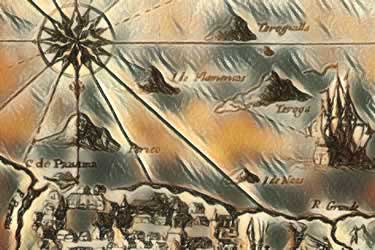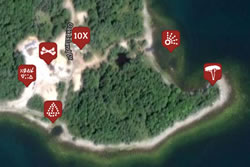
The capture, looting, and burning of Panama City in 1671 by Captain Henry Morgan was one of the most infamous acts of piracy in the 17th century. Morgan, a privateer operating under the auspices of England, spent three years successfully capturing neighboring towns and settlements before launching his daring January attack on Panama City. Although outnumbered, Morgan's tactical skill and leadership enabled his forces to claim victory in what became a weeks-long orgy of looting and terror.
After plundering the city, Morgan and his men retreated to the village of Chagres (often spelled Chagre), which they had captured earlier. Here, he demanded a ransom for the town, but when it was not paid, he ordered its destruction. Amid the chaos, Morgan slipped away with the bulk of the ill-gotten treasure, leaving many of his crew behind. His disappearance with the treasure sparked accusations of betrayal and greed, which became a hallmark of his reputation.
Morgan’s next steps remain speculative. Some suggest he sailed north with his treasure, far from the reach of other pirates operating in the Caribbean. From there, the story grows more speculative: Could he have buried his treasure in a remote location such as Oak Island in Nova Scotia? While no evidence directly ties Morgan to Oak Island, the island’s enduring mysteries make it a magnet for such theories.
Morgan eventually returned to Jamaica, where he leveraged his wealth and influence to secure a position as Lieutenant Governor. He lived out his days as a respected, though controversial, figure, never returning to the seas—or, as far as we know, to any hidden treasure caches.




